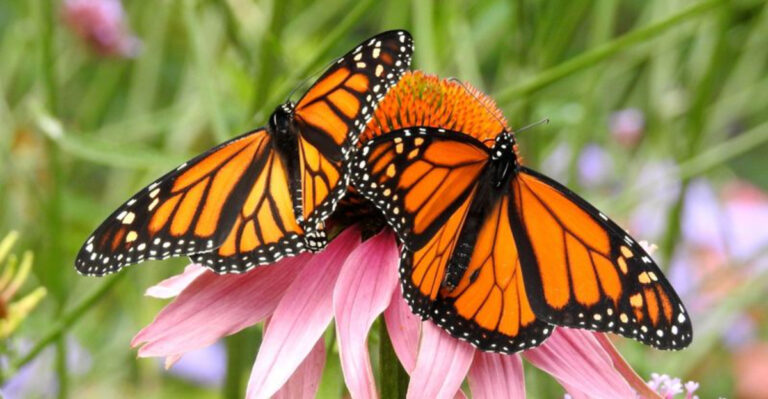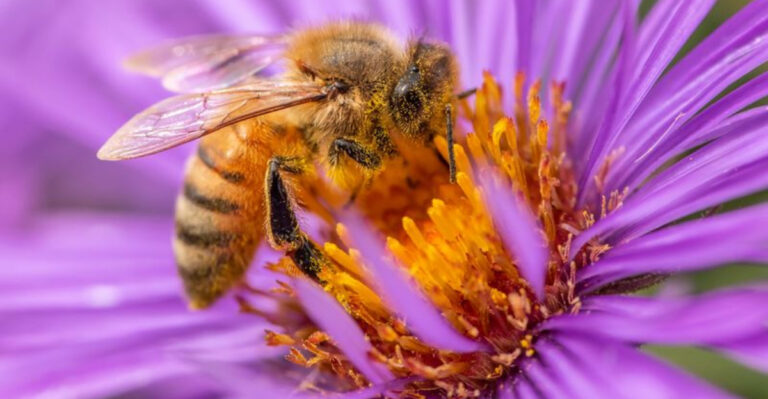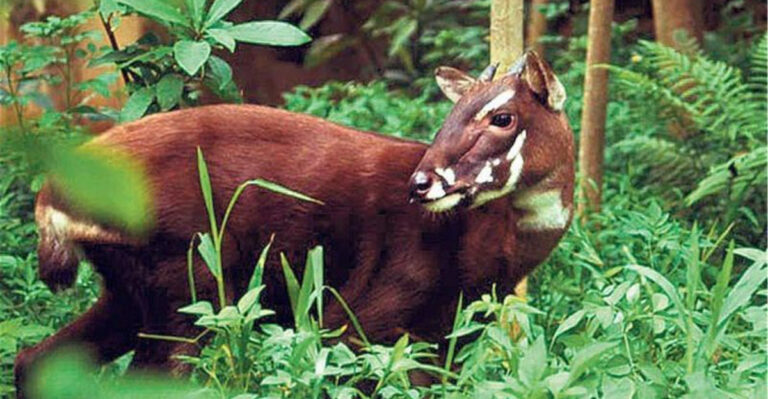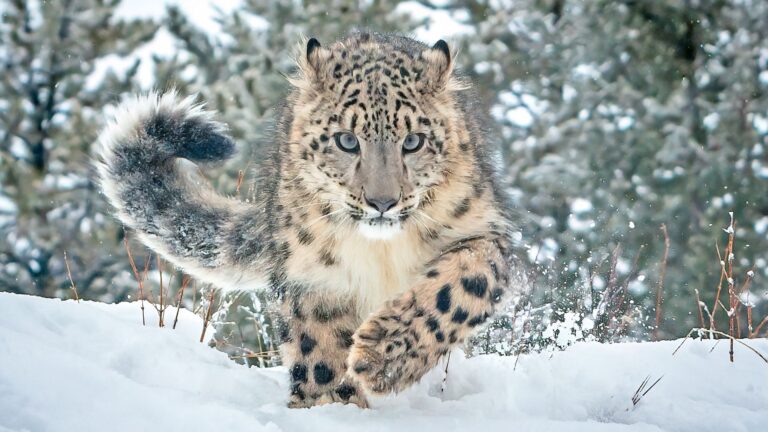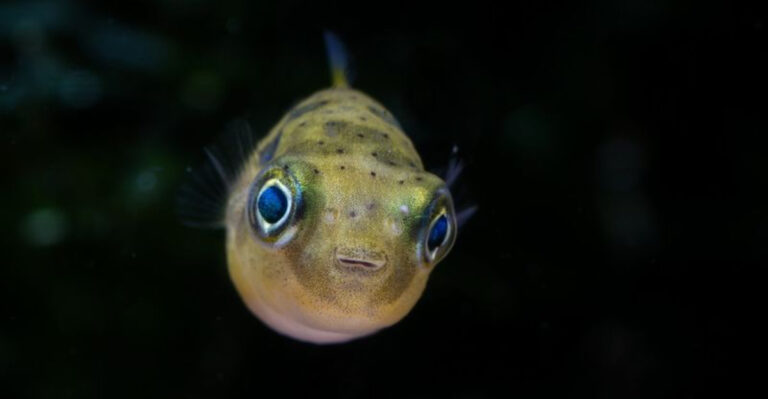16 Lesser-Known Animals Going Extinct We Can’t Ignore
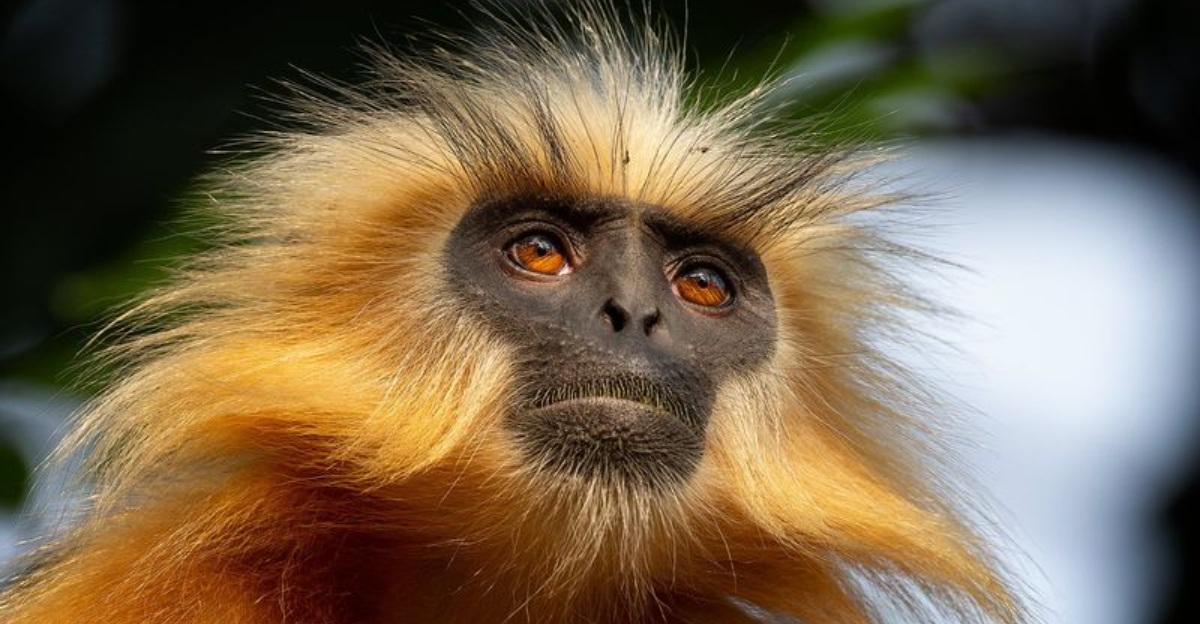
Our planet’s biodiversity faces an unprecedented crisis with many species silently vanishing. While pandas and tigers get media spotlight, countless lesser-known creatures struggle against extinction without public awareness.
These 16 remarkable animals deserve our attention and protection before they disappear forever.
1. Vaquita Porpoise
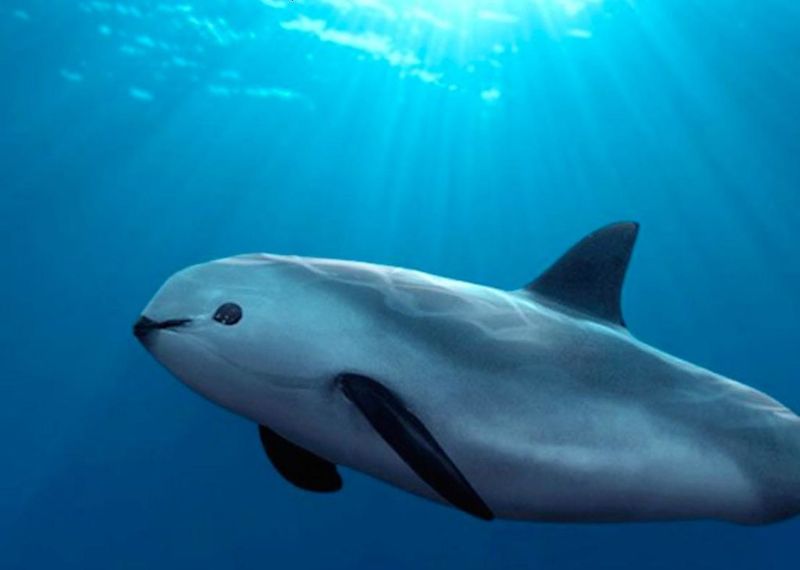
Imagine a creature so rare that fewer than 10 individuals remain in the wild. The vaquita, a tiny porpoise with raccoon-like eye patches, holds this tragic distinction.
Fishing nets meant for other species accidentally trap these shy mammals in Mexico’s Gulf of California. Despite conservation efforts, their population continues to plummet at an alarming rate.
2. Axolotl
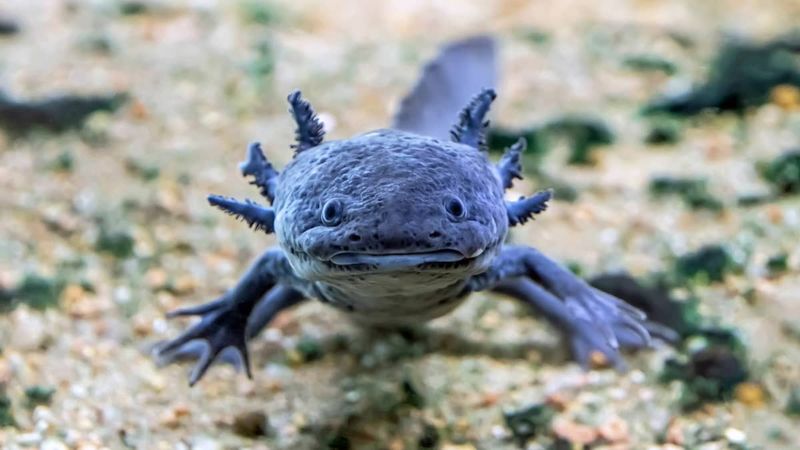
Forever trapped in teenage years, these remarkable salamanders never undergo metamorphosis into land-dwelling adults. Their smiling faces and feathery external gills make them appear almost alien.
Native only to Lake Xochimilco in Mexico City, wild axolotls face habitat destruction and pollution. Their regenerative abilities fascinate scientists, but wild populations may vanish before we fully understand their secrets.
3. Saola
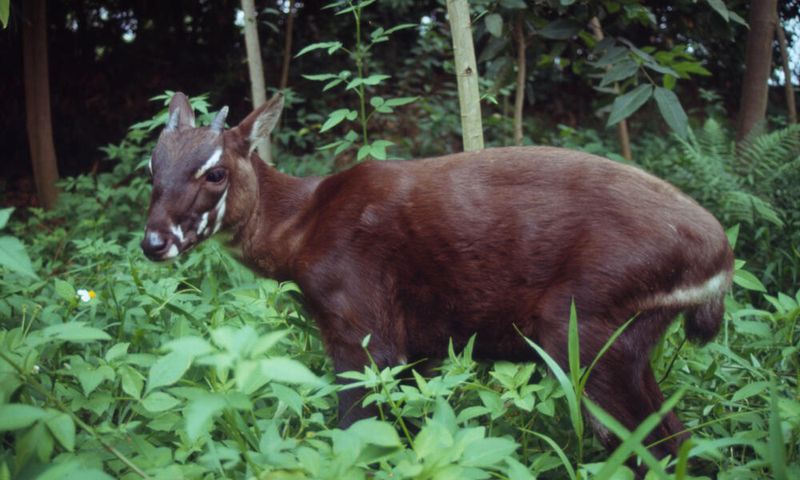
Called the ‘Asian unicorn,’ this mysterious creature wasn’t discovered until 1992! With two parallel horns and white facial markings, saolas seem like mythical beings.
Camera traps rarely capture these elusive animals in Vietnam and Laos. Hunting and habitat fragmentation threaten their survival, with scientists estimating fewer than 100 remain. Many locals have never seen one despite living alongside them.
4. Kakapo
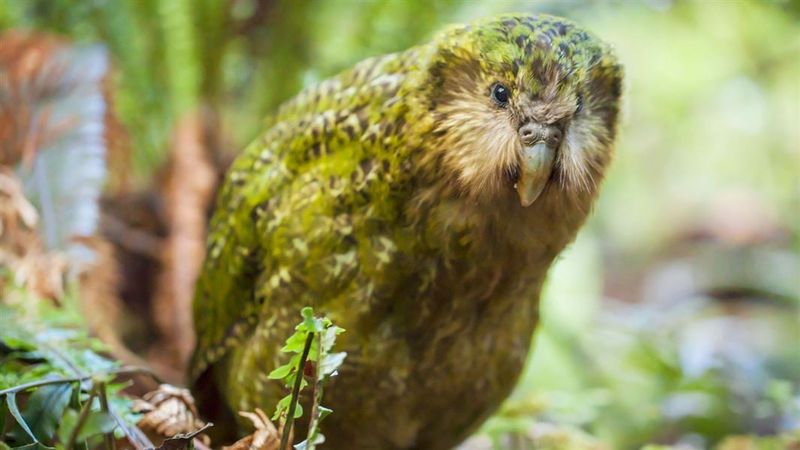
Fluffy, flightless and utterly charming, kakapos are the world’s only nocturnal parrots. Their comical waddling gait and owl-like face make them irresistible.
Native to New Zealand, these moss-colored birds emit a distinctive sweet odor that unfortunately attracts predators. Once widespread, fewer than 200 survive today on predator-free islands where conservation teams monitor each bird individually.
5. Pygmy Three-toed Sloth
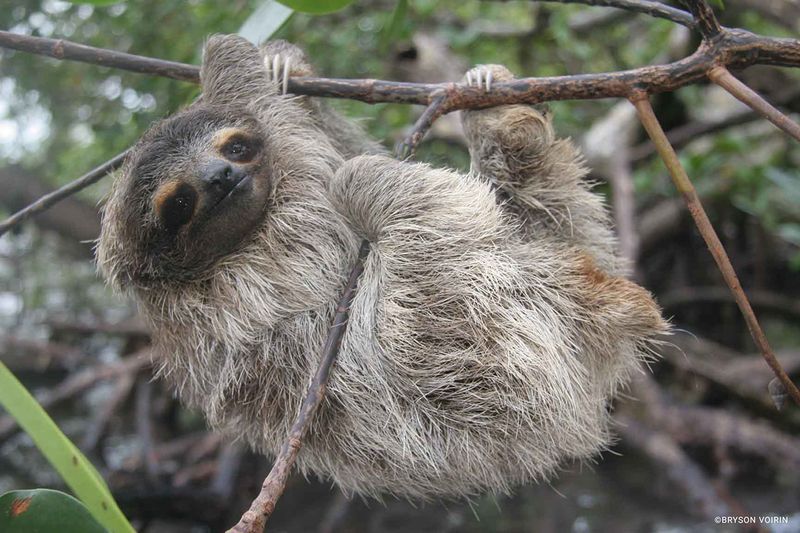
Floating lazily through mangrove forests, these miniature sloths are masters of the slow life. Found only on tiny Escudo Island off Panama, they’ve evolved to be 40% smaller than their mainland cousins.
Their entire world spans just 4.3 square kilometers. Algae growing on their fur gives them a greenish tint—perfect camouflage for treetop living. Sadly, fewer than 100 remain due to habitat loss.
6. Hirola Antelope
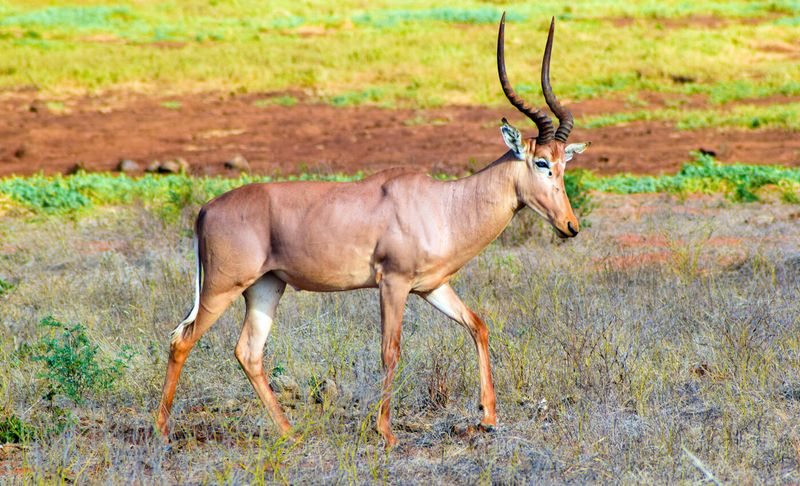
Sporting distinctive white spectacle-like eye markings, hirolas are sometimes called the “four-eyed antelope.” Their elegant lyre-shaped horns curve gracefully backward.
Once abundant across East Africa, fewer than 500 remain along the Kenya-Somalia border. Drought, habitat loss, and competition with livestock have decimated populations. Without intervention, they could become the first antelope to go extinct in mainland Africa since prehistoric times.
7. Red-headed Vulture
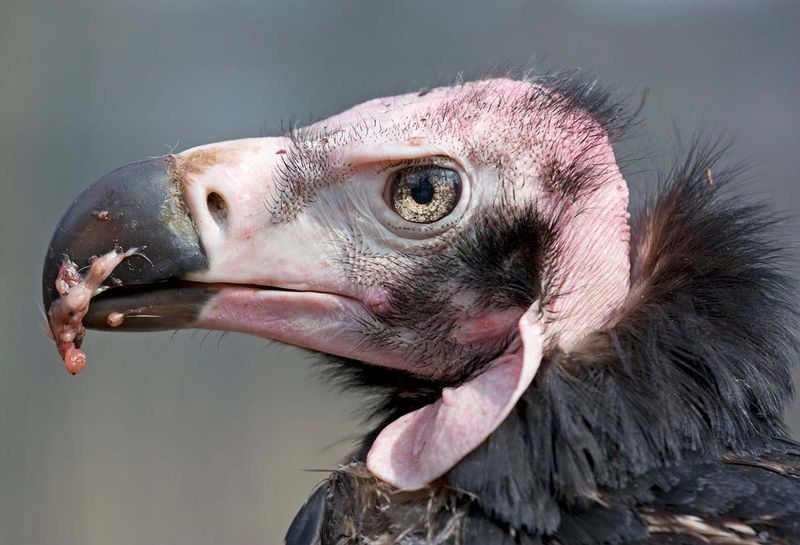
With their striking crimson heads and massive wingspan, these majestic scavengers once ruled Asian skies. Unlike their reputation suggests, these cleanup specialists prevent disease spread by removing carcasses.
A veterinary drug called diclofenac, used in cattle, proves deadly when vultures consume treated carcasses. Their population has crashed by 99% in some regions. Without these natural sanitizers, feral dog populations boom, increasing rabies risk in humans.
8. Numbat
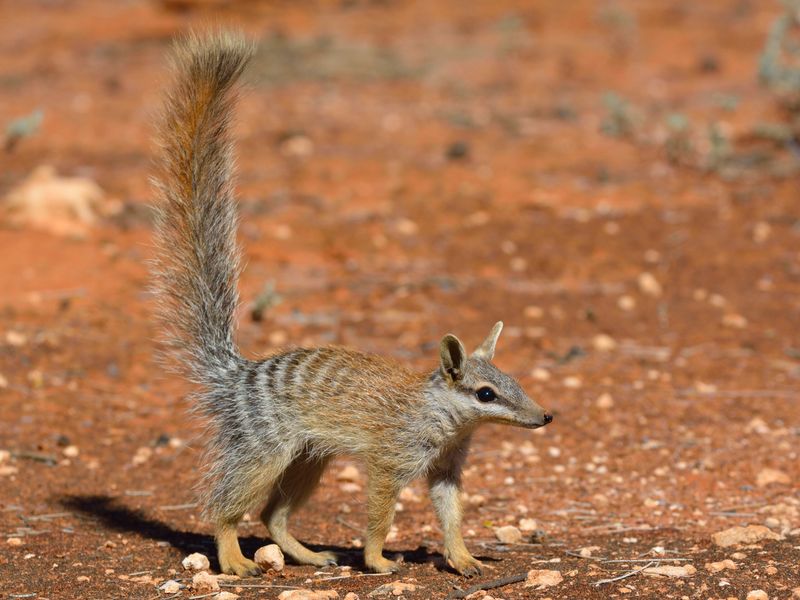
Sporting a striped coat that would make any fashion designer jealous, numbats dash through Australian woodlands with bushy tails held high. Unlike other marsupials, they lack pouches!
These specialized termite hunters use their remarkable long, sticky tongues to lap up thousands of insects daily. Land clearing and introduced predators have left fewer than 1,000 individuals in isolated pockets of Western Australia.
9. Yangtze Finless Porpoise
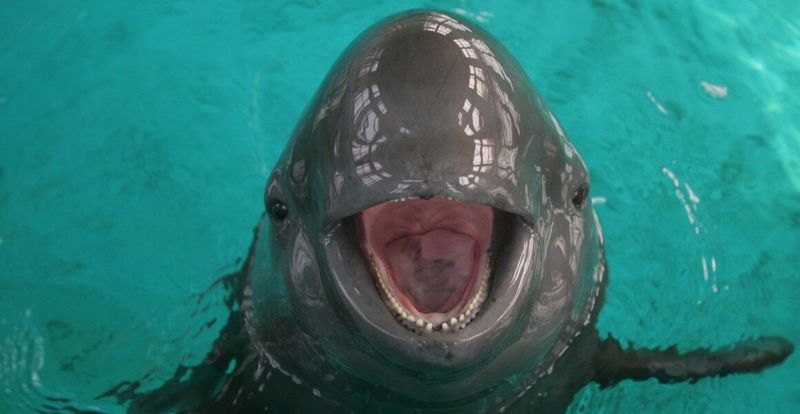
Grinning faces make these river dolphins appear perpetually cheerful despite their dire situation. Unlike other porpoises, they lack dorsal fins, with only a ridge along their backs.
Industrial pollution, dam construction, and heavy river traffic threaten their survival in China’s Yangtze River. Scientists believe fewer than 1,000 remain. Their cousins, the Baiji dolphins, were declared extinct in 2006—a grim warning of what may come.
10. Geometric Tortoise
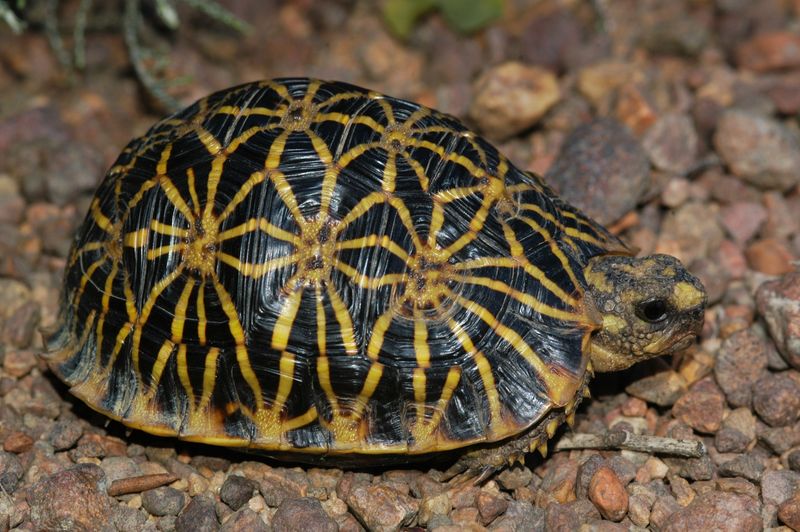
Nature’s mathematicians wear their formulas on their shells! These small tortoises showcase striking geometric patterns of yellow lines on dark backgrounds, forming perfect radiating shapes.
Found only in South Africa’s Cape Floral Region, they’re adapted to specialized fynbos habitat. Agricultural expansion, urban development, and invasive plants have restricted them to just three locations. Fewer than 1,000 adults remain in the wild.
11. Omura’s Whale
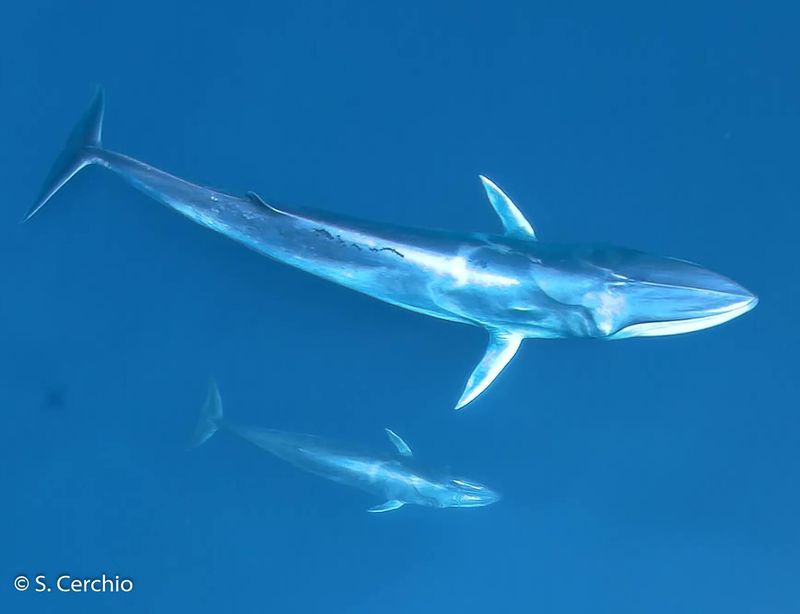
Discovered in 2003, these streamlined whales remained scientific mysteries until recently. Smaller than blue whales but larger than minkes, they sport asymmetrical coloration—dark on the right jaw, white on the left!
Scientists have only begun studying these elusive ocean dwellers in Madagascar waters. Population numbers remain unknown, but habitat degradation and fishing gear entanglement threaten their existence before we’ve properly understood them.
12. Olm
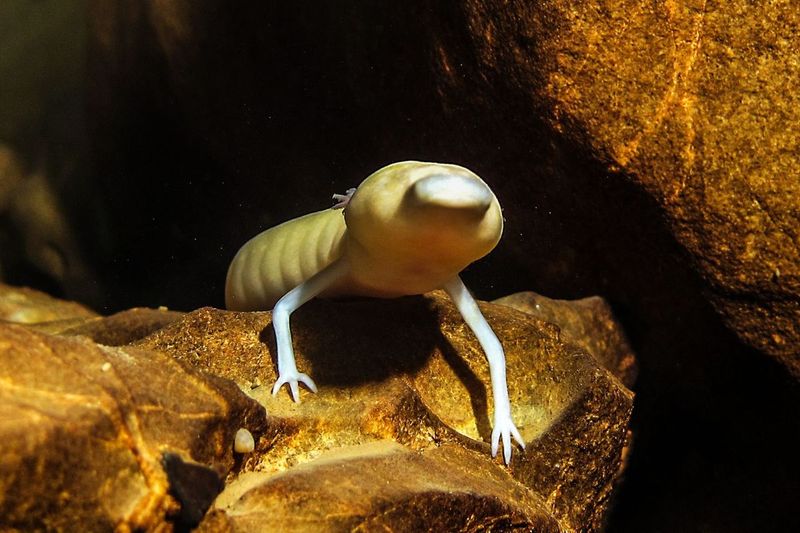
Ancient Europeans believed these pale, underwater salamanders were baby dragons washed from caves during storms! With translucent skin and undeveloped eyes, olms have adapted perfectly to permanent darkness.
These remarkable creatures can live 100 years and survive without food for a decade. Found only in cave systems across the Balkans, water pollution and tourism threaten their limestone sanctuaries.
13. Addax Antelope
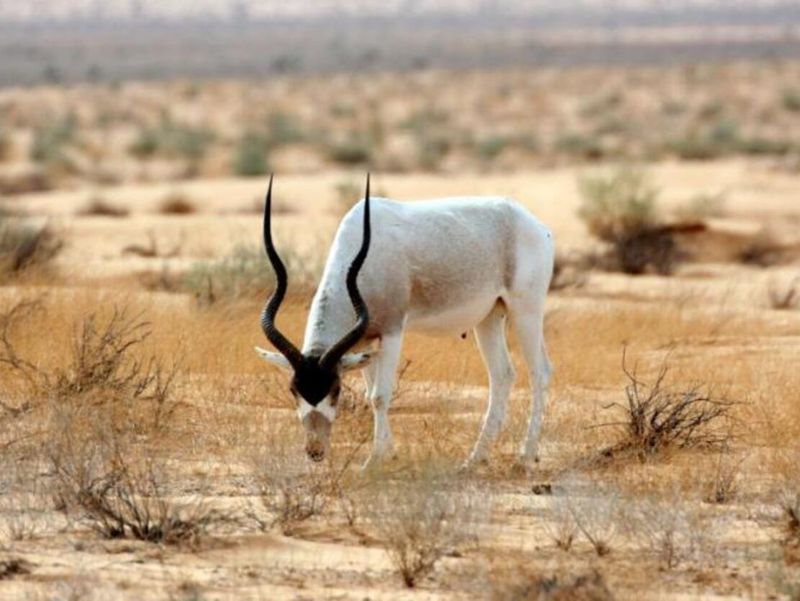
Sand dunes become highways for these desert specialists with their splayed hooves acting like natural snowshoes. Their brilliant white coats reflect scorching Saharan heat while twisted horns spiral gracefully upward.
Once widespread across North Africa, fewer than 100 remain in the wild—most in a single area of Niger. Civil unrest, hunting, and oil exploration have devastated populations. They can extract enough moisture from plants to survive without drinking water.
14. Ili Pika
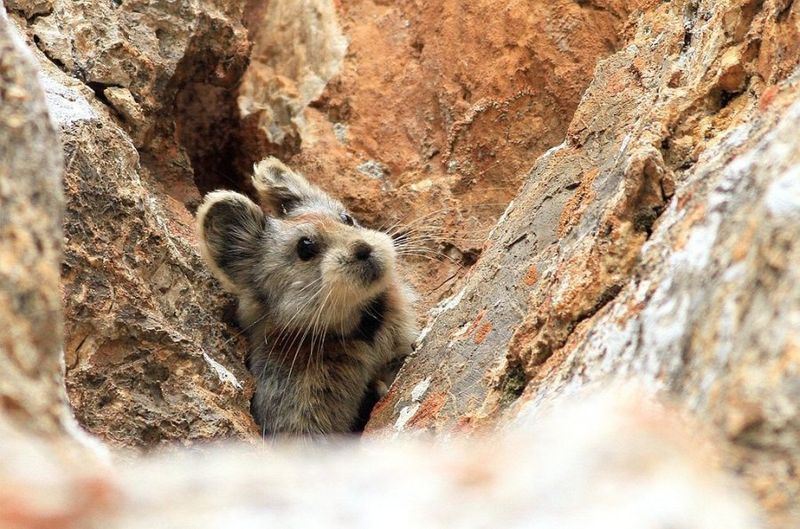
Dubbed the ‘magic rabbit’ for its teddy bear face and rounded ears, this mountain-dwelling mammal charmed the internet when rediscovered in 2014. Its discoverer hadn’t seen one for 20 years!
Confined to remote mountain slopes in northwestern China, these herbivores face shrinking habitats due to climate change. Scientists estimate fewer than 1,000 remain. Despite their internet fame, conservation efforts remain minimal.
15. Cuban Greater Funnel-eared Bat
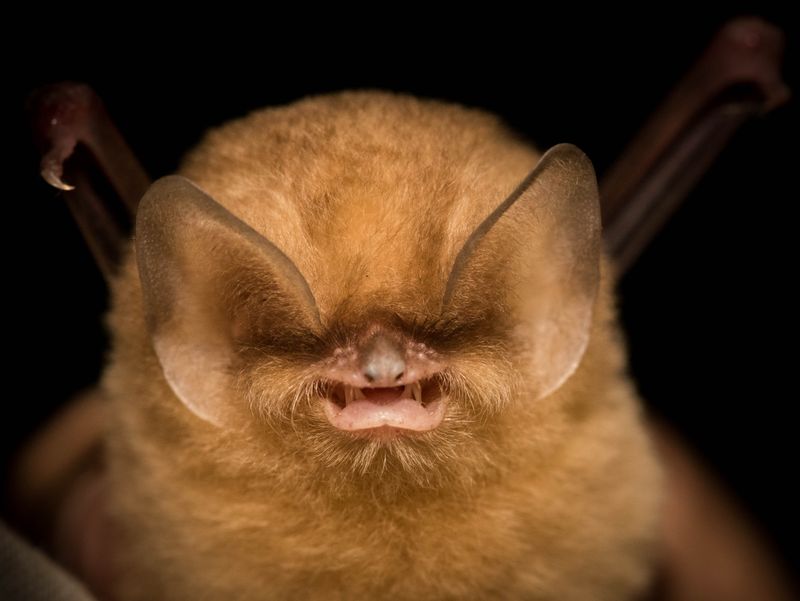
Giant ears that could win awards for acoustic engineering define these tiny flying mammals. Their specialized ears can detect the softest insect footsteps on leaves in total darkness.
Restricted to a single cave in western Cuba, fewer than 750 individuals remain. A single hurricane or cave disturbance could wipe out the entire species. Conservation efforts focus on protecting their fragile limestone home.
16. Golden Langur
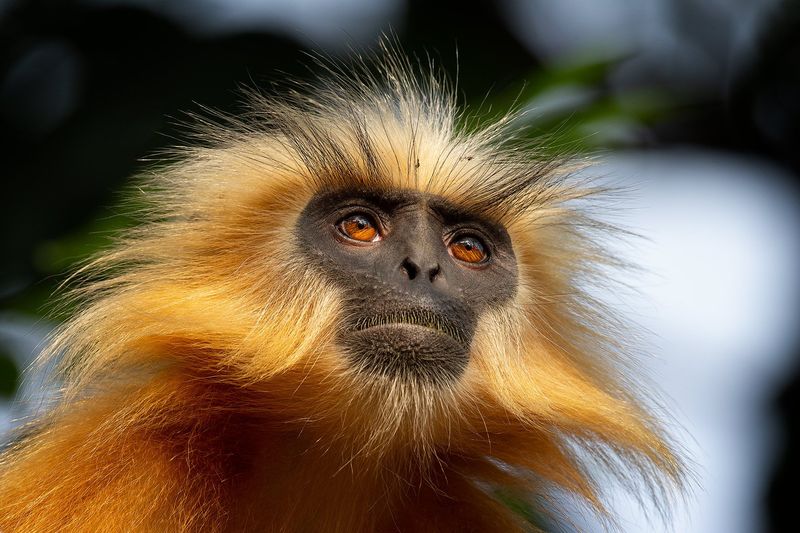
Draped in silky golden fur that seems to capture sunlight, these monkeys appear more mythical than real. Their expressive faces and graceful movements captivate anyone lucky enough to spot them.
Living along the Bhutan-India border, fewer than 2,500 remain in fragmented forest patches. Habitat loss from logging, agriculture, and dam construction threatens their survival. Local communities now lead conservation efforts to protect these sacred animals.

